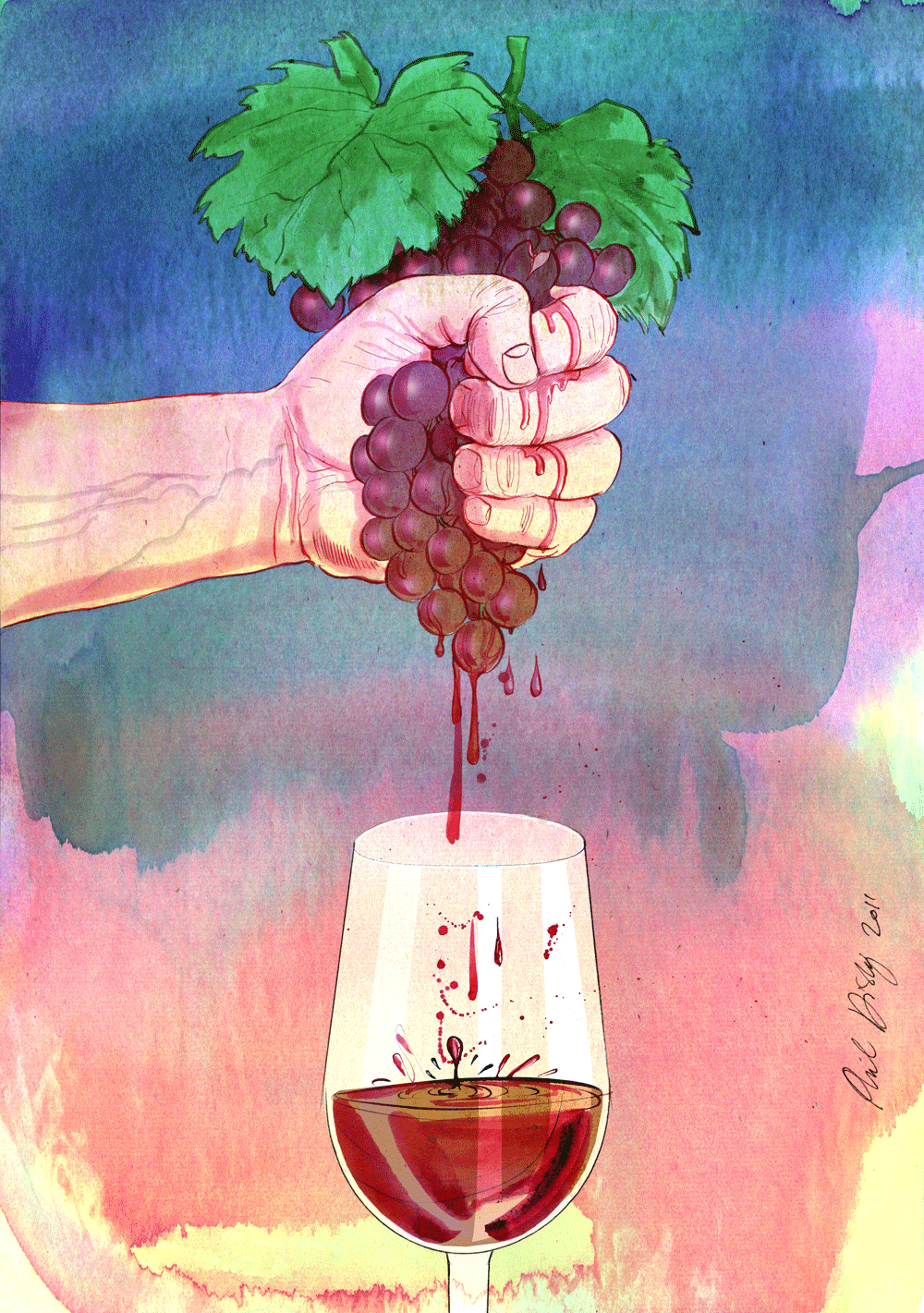How to Modify a Cocktail: The Last Word

Writing about the history of a specific cocktail can be super fascinating, in part because they often travel circuitous and unlikely routes to reach the heights of fame. Obviously, the Last Word is one such drink, going from Prohibition-era Detroit, to post-war New York, to oblivion, and then resurrected by Murray Stenson. While it might never quite reach the level of fame of the Manhattan or the Margarita, it’s fun to note that each of those drinks was a new drink in search of an audience once, even if now we view them as so archetypal and canonic that they’ve spawned hundreds of derivatives.
In my column this week I mention my own personal modification of the Last Word, and I figured here was a good place to expand on how I settled on my recipe. I wanted to keep one of the prime aspects of the original cocktail: the dynamic tension between four very different ingredients, used in equal proportions. It’s rare you see a drink that features equal proportions of three or four ingredients, in part because it can be hard to balance all of them properly without creating a muddled mess. Yet, magically, it works in the Last Word, and I wanted to carry that forward as well.
The first challenge was to figure out how to replace the gin. One criticism of the Last Word is that it ends up with a really aggressive botanical quality due to both the gin and the Green Chartreuse, and that can overwhelm some drinkers. While that doesn’t bother me personally, finding a way to slightly mute that element of the drink was my first goal. Secondly, I wanted to retain a bit of the sense of wonder that the Last Word creates, because when you read the list of ingredients it seems a bit impossible that it could possibly taste good. Given that Scotch is generally one of the hardest spirits to include in cocktails, I figured I’d go for the glory.
Figuring out which Scotch to use was a bit of a challenge. Super peaty versions from the Islay region were out because they’d overpower the rest of the ingredients, and it seemed a bit extravagant to use a fine Highland or Speyside in a mixed drink like this. Blended Scotch gets a bad rap these days (unless you’re talking about chic blending houses like Compass Box), but it’s often the perfect choice for cocktails: it has just enough of the florality and smokiness to let you know it’s Scotch, but it can integrate seamlessly into cocktails.
So that was one major tweak to the recipe, but I also figured that with a more assertive base spirit it might be good to walk the intensity of the other ingredients back a step. Hence, I swapped out the Green Chartreuse for Yellow (though I definitely taste-tested both versions). Not that Yellow is exactly mild, but it has a more delicate aroma and fewer vegetal/medicinal notes, which I thought would play better with the maltiness of the Scotch. I also decided after tasting that lemon juice worked better than lime, as the slight tanginess of the lime just seemed out of place. The Maraschino liqueur got to stay, because you can’t change everything!
I’m quite proud of the Scottish Goodbye, as I think it does what most good variants do: change enough about the cocktail that inspired them to be clearly new, but also show a distinct connection to and appreciation for their ancestor. Also, it tastes damn good!














